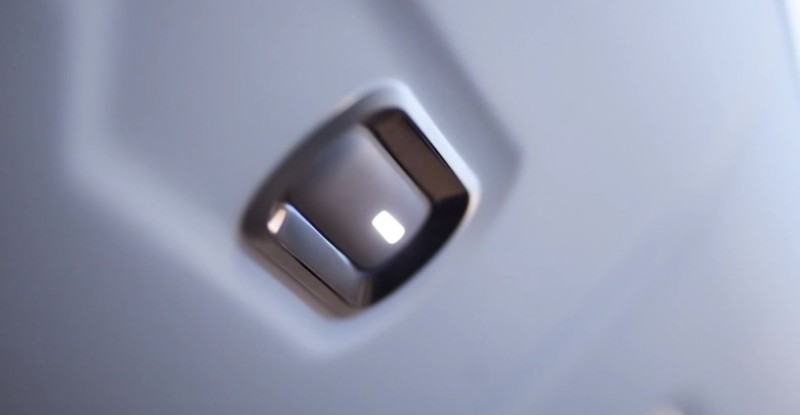Zodiac Aerospace believes the future of aircraft interiors is in offering ‘complete cabins’ to airlines though it remains to be seen if airframers will ultimately accept this type of model.
Scott Savian, who serves as EVP ZEO, the Design & Innovation Studio of Zodiac Aerospace, recently told Runway Girl Network that complete cabins – delivered with seats, galleys, overhead bins, lavs, IFE, connectivity, etc – are the future “because it allows us to take advantage of integrating a cabin, optimizing the solution. So clearly we can take advantage of that on the airline side [in the retrofit market], and whether OEMs take advantage is to be seen.”
Buttressing its portfolio in recent years, Zodiac now has its proverbial fingers in all of these aspects of the cabin, and would be able to provide attractive pricing for complete cabins to carriers. But even though OEMs have moved to trim their supplier base in the last 15 years (offering, for instance, single-source supplier furnished equipment (SFE) galleys on long-range aircraft), at least one major mid-tier supplier suggests that “in many ways they [airframers] are now looking to unbundle some of this stuff” to ensure that pricing and technology remains competitive, even though aircraft production increases are in the offing. This shift is driven, in part, by airlines’ interest in customization.
“So that’s just anecdotal based on conversations we’ve had, but I think the OEMs themselves will unbundle more to keep pricing or service or technological advances where they want it. We believe that one of the reasons we’ve been very successful in all of our product lines is that we’re big enough and we have the necessary capital to be able to invest in advancing our technologies whereas in much larger companies you’re competing for capital, but we’re small enough to be flexible and nimble for our customers to be more readily able to address their changing needs,” says the firm.
A second mid-tier supplier suggests, “I think OEMs are starting to experience more demands for customization on widebody aircraft.”
B/E Aerospace corporate VP strategy & marketing Paul-Ernest Cheron also recently suggested that the jury “is still out” on whether the industry wants interiors firms to provide a complete cabin solution “or have experts working together”.
Zodiac had hoped to convince Airbus to adopt its new ISIS interior for the re-engined A320neo when the airframer begins delivering the new narrowbody in 2016. But Airbus went in a different direction, and co-developed an A320 interior concept – with overhead pivot bin – with an undisclosed supplier (Zodiac rival B/E Aerospace may have played a role). Even so, Zodiac remains open to working with the European airframer on its newly developed concept.
“We developed a new set of technologies for the ISIS A320 interior. It was created to bring better value to the airlines and passengers while respecting the existing airframe. To that end, we invited Airbus to see our design and product. The innovations we bring create an increase in baggage capacity and in head and aisle space over a typical pivot bin technology while also saving weight. (These improvements also provide huge baggage capacity increases over the existing fixed bins). So far the airlines are pleased with our product, if Airbus wanted to work together, of course we would entertain that possibility,” says Savian.
Meanwhile, ISIS for the A320 – for which Zodiac has secured multiple airline customers in the retrofit market – continues to evolve. “As we continue to advance our technology, we are excited to add a new, simple mechanical solution to minimize bin closing forces, which is critical for the flight attendants who may close these bins many times per day,” reveals Savian.
Needless to say, many eyes are on Zodiac at Hamburg, as the company is sitting on a number of airline customer announcements (and intends to reveal a demo of ISIS for widebodies for the very first time). While ISIS for widebodies might give Boeing something to consider as it designs the 777X interior, the airframer has remained coy on its plans for the hotly anticipated aircraft.
Boeing has, however, vowed to ensure that the 777X interior – in 10-abreast configuration – will be more comfortable than the 777-300ER in 10-abreast. “Boeing is the market leader in airplane interiors and the 777X will extend that leadership by introducing exciting new advances. Boeing is building on the passenger-preferred interior of today’s 777 and applying 787 interior innovations. We will include interior design enhancements that take advantage of many of the latest technologies and innovations available in the interiors industry to deliver an all-new passenger experience,” says a Boeing spokesman.












